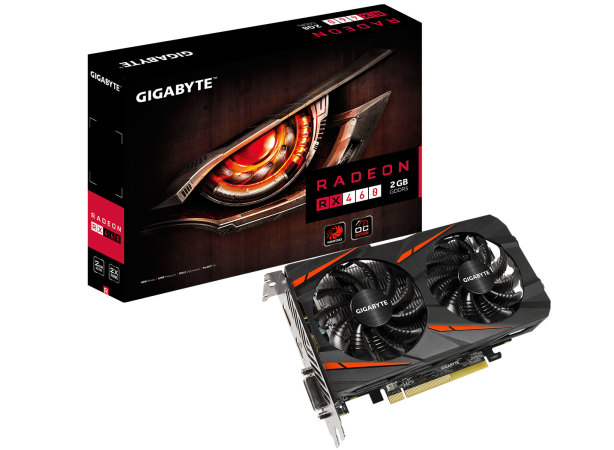Conclusion
As with the RX 470 launch, pricing isn't fixed for the RX 460 and we'll only know the prices of the cards once the etailers go live, and they could be subject to change in the coming days. From different sources we've heard of £99, £109 and £117 for starting prices, and the Gigabyte 2GB card here should be between £115 and £120. Even in the best case scenario, the price-performance in that case is pretty poor – it's within the same price bracket as the GTX 950, which offers noticeably more performance. 4GB SKUs might help to change that, but then again they might not, and you can expect them to be around £15 more expensive than the 2GB cards as well.Furthermore, a basic RX 470 can now be had for £166. At most, that will be a 66 percent increase over the cost of any RX 460 (and in many cases it will be less than this), but looking at the charts, the RX 470 offers well over double the performance of the RX 460, making it far better value – yes, the Sapphire model we're using to get that figure is overclocked, but reference models won't be far off its performance.
In terms of features, the RX 460 is only slightly better than Nvidia as while the green team doesn't have a Pascal card at this level, AMD is playing catch up to feature Nvidia implemented earlier. HDMI 2.0, G-Sync and native HEVC encode/decode, for example, are all present in the GTX 950. AMD does have a more modern implementation of DisplayPort, but we'd say the likelihood of pairing a card this low-end with the sorts of monitors that will use DP 1.3 or DP 1.4 is pretty low.
For most users on a strict budget of just over £100, it's hard not to recommend the GTX 950. It may be the older card, but it is clearly faster and you don't lose much of importance in opting for it – the newer DisplayPort vesion and lower power consumption are unlikely to sway most. We don't doubt that the RX 460 can handle itself in esports titles, and if these are all you're interested there are a couple of reasons that it could be worth a look. One is FreeSync – variable refresh rate gaming is the biggest upgrade to the PC gaming experience in years, and FreeSync has a far lower cost of entry than G-Sync, making it for more likely to appeal to buyers at this level. The other is the absence of a power connector, at least on this and some other models – for anyone upgrading and old, off-the-shelf PC, for example, this could be a real boon, and the RX 460 is currently the fastest card to not have a connector. Beyond that though, the RX 460 is a tough sell at current prices. Still, if those reasons do sway you towards the RX 460, Gigabyte's card is decent enough for us to recommend. Unfortunately though, its position on the price-performance scale means the best advice we can give is to save a bit more and opt for the much more future-proof RX 470.

MSI MPG Velox 100R Chassis Review
October 14 2021 | 15:04











Want to comment? Please log in.